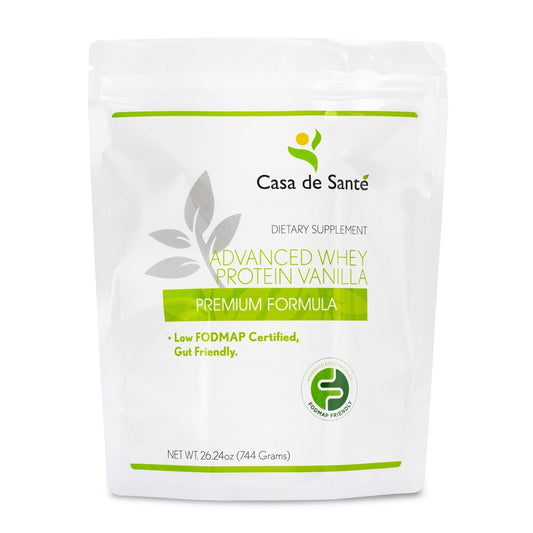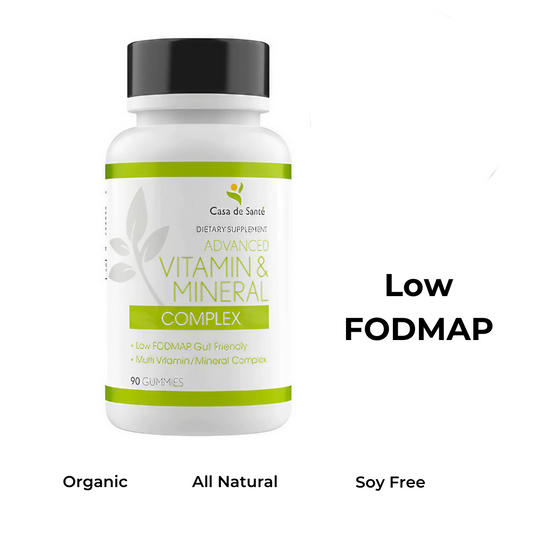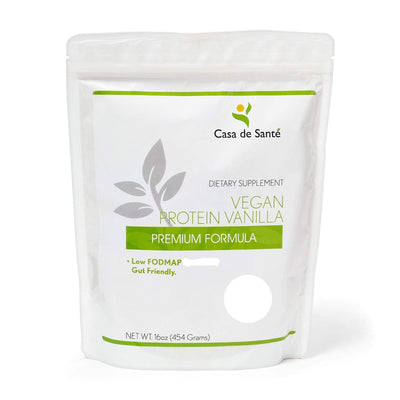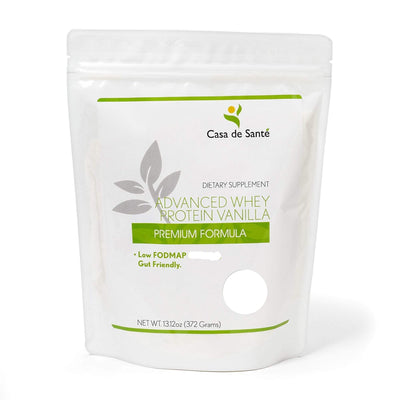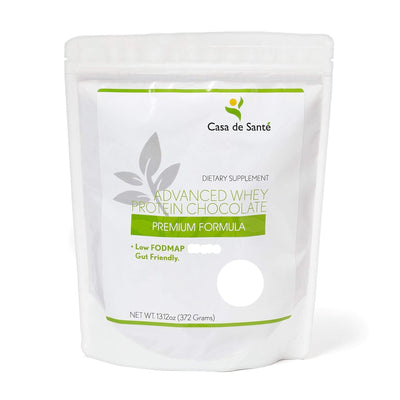Microneedling Smile Lines: How It Works, Benefits, Risks, and Real Results Explained
Smile lines give our faces character but sometimes I wish they weren’t quite so deep. I’ve spent a lot of time searching for ways to smooth these lines without resorting to drastic measures. That’s when I discovered microneedling—a treatment that’s quickly gaining popularity for its ability to refresh skin and soften those stubborn creases.
Microneedling uses tiny needles to stimulate the skin’s natural repair process. It’s minimally invasive and can target fine lines around the mouth where signs of aging often show up first. If you’re curious about how this technique can help with smile lines you’re not alone—I’ve been eager to learn what makes microneedling a go-to solution for smoother skin.
What Are Smile Lines?
Smile lines describe the facial creases that form from the corners of my nose down to the corners of my mouth. These lines, known medically as nasolabial folds, typically appear as a result of repeated facial movements like smiling, talking, and laughing. Collagen and elastin decrease with age, which makes these creases more noticeable.
Facial volume loss also plays a role in smile line development. As I age, my skin loses fat and firmness, which deepens these folds. Environmental factors contribute as well; ultraviolet (UV) exposure, pollution, and lifestyle habits like smoking accelerate collagen breakdown, leading to more pronounced smile lines.
Examples of smile lines vary in depth and appearance. Some are shallow and only visible when I smile, while others become permanent fixtures over time. The skin’s hydration and elasticity affect how noticeable these creases appear. Understanding these factors helps me make informed choices when considering treatments such as microneedling.
Understanding Microneedling
Microneedling targets smile lines by encouraging skin renewal where creases form from repeated expressions. I focus on how this process supports collagen and elastin restoration to smooth the area.
How Microneedling Works
Microneedling works by creating controlled micro-injuries in the skin’s surface with fine, sterile needles. I see these small punctures prompt the skin’s natural healing cascade, leading to increased collagen and elastin synthesis in treated regions. Collagen production generally improves skin firmness and texture, based on clinical reviews like those in the Journal of Cutaneous and Aesthetic Surgery (2021). Enhanced elasticity and hydration often follow, which can reduce the prominence of smile lines when skin regeneration functions optimally.
Types of Microneedling Devices
Types of microneedling devices used for smile lines treatment range in design and application depth. I find three main categories:
- Manual dermarollers use cylindrical rollers coated with fine needles, typically ranging from 0.25 mm to 2.5 mm in length.
- Automated microneedling pens feature motorized tips with adjustable depths, often preferred by professionals for precision.
- At-home disposable devices come with fixed, short needles for mild treatment, always requiring adherence to strict sterilization and safety guidelines.
Each device offers unique benefits based on penetration depth, needle size, and targeted treatment area. Clinical practitioners usually select device type and settings based on a person’s skin thickness, smile line depth, and desired outcomes.
Microneedling for Smile Lines
Microneedling targets smile lines by stimulating new collagen and elastin in the treated area. I’ve found this non-surgical option offers gradual, noticeable improvements in skin texture and firmness around my mouth.
Effectiveness and Results
Microneedling for smile lines smooths fine creases and reduces the appearance of deeper nasolabial folds. I see initial visible improvement after 1 to 2 sessions, with gradual enhancement over several weeks as new collagen forms. Clinical studies (such as those published in the Journal of Cutaneous and Aesthetic Surgery, 2014) report up to a 60% improvement in wrinkle depth and skin texture after 3 to 6 monthly sessions. Results last longer—often 6 to 12 months—when I combine microneedling with other topical treatments like a 15% vitamin C serum or a hyaluronic acid hydrator after each procedure. Multiple sessions achieve more pronounced softening in mature, sun-exposed, or dehydrated skin, compared to a single treatment.
Treatment Process and What to Expect
Microneedling for smile lines involves cleansing the skin and applying a numbing agent to minimize discomfort. I experience minor pressure or prickling during the procedure as the device makes controlled micro-injuries along the nasolabial folds. Most sessions last 20 to 30 minutes for the area around the mouth. Pinpoint bleeding or redness commonly develops right after, but my skin calms within 24 to 72 hours. Peeling or mild swelling sometimes occurs, especially after deeper or more intensive microneedling. I’m advised to avoid direct sun exposure and use a non-comedogenic sunscreen while my skin is healing. Noticeable results appear gradually, with the most dramatic changes visible after a series of monthly treatments combined with proper at-home skin care.
Benefits and Potential Risks
Microneedling targets smile lines by stimulating collagen renewal, but I consider both the advantages and potential risks before each session.
Advantages of Microneedling Smile Lines
- Boosts Collagen Production
I see increased collagen and elastin synthesis where microneedling treats smile lines, based on results from split-face clinical trials published in the Journal of Dermatological Treatment (2018).
- Improves Skin Texture and Firmness
I notice smoother, plumper skin along nasolabial folds, with studies reporting a 40% to 60% reduction in wrinkle depth across 3 to 6 treatments.
- Compatible With Most Skin Types
Microneedling treats various phototypes, including Fitzpatrick I–VI, as reported in reviews by the International Journal of Dermatology.
- Enhances Penetration of Topical Ingredients
Pairing microneedling with a 10% to 20% vitamin C serum or hyaluronic acid increases product absorption, prolonging the visible improvements along the smile lines.
Possible Side Effects and Precautions
- Temporary Redness and Swelling
I experience post-treatment erythema, which usually resolves within 24 to 72 hours unless irritation arises from excess pressure or improper technique.
- Risk of Infection or Pigmentation Changes
Rare cases of localized infection or post-inflammatory hyperpigmentation occur, particularly if I neglect sterile technique or use microneedling devices on inflamed or acne-prone skin.
- Increased Sensitivity
My skin becomes more sensitive to sun exposure and skincare actives for 3 to 7 days after a session, which requires diligent use of a non-comedogenic sunscreen.
- Contraindications
I avoid microneedling if open wounds, active infections, or uncontrolled skin disorders like eczema or psoriasis are present around the nasolabial folds.
| Benefit or Risk | Incidence/Notes |
|---|---|
| Collagen and elastin increase | Up to 60% improvement in wrinkle depth after 3–6 sessions |
| Enhanced product absorption | Notable with serums containing vitamin C or hyaluronic acid |
| Temporary redness/swelling | Common, subsides within 1–3 days |
| Infection/hyperpigmentation risk | Rare, higher when using unsterile devices or on compromised skin |
| Suitability for multiple skin types | Effective for Fitzpatrick I–VI |
| Photosensitivity | Increased up to 7 days post-procedure, protection needed |
At-Home vs. Professional Microneedling
When comparing at-home to professional microneedling for smile lines, I consider both the technique and the outcome. At-home microneedling devices use shorter needles, typically between 0.2 mm and 0.5 mm, which reach only the uppermost layers of the skin. These tools can offer mild smoothing of superficial lines around the mouth, but research confirms their collagen-boosting effect remains limited. I notice mild improvements in skin radiance and texture after consistent weekly use, but deeper smile lines show little change.
Professional microneedling performed by a licensed provider uses devices with adjustable needle depths from 0.5 mm up to 2.5 mm. These depths reach the dermis, the skin’s collagen-rich layer, which triggers a stronger wound-healing response. In-office treatments show more significant improvements in nasolabial folds: clinical data report visible reduction in line depth and greater skin firmness after just 3 to 6 monthly sessions.
Results appear more even and pronounced with professional microneedling since experienced practitioners tailor needle depth and technique to individual skin thickness and target areas. I also see reduced risk of infection or uneven texture because skin is properly cleansed and the environment remains sterile. The use of topical anesthetics during in-clinic treatments greatly increases comfort, while aftercare supervision lowers the chance of prolonged redness or adverse reactions.
Risks with at-home devices increase if I apply too much pressure or fail to sterilize the tool. Microtears, irritation, or even infection can occur, especially if I use the device over active breakouts or irritated skin, as reported in dermatology reviews. I find aftercare product absorption, like hyaluronic acid or vitamin C serum, is improved in both settings, but results from professional treatments last longer and require fewer sessions. Professional assessment also ensures microneedling doesn’t worsen pigmentation or sensitivity.
I choose professional microneedling when I’m seeking marked reductions in deep nasolabial folds and want monitored care. I opt for at-home devices if I’m maintaining sensorily healthy skin or enhancing the effects of my existing skincare routine.
Cost and Accessibility
Costs for microneedling sessions for smile lines vary by provider, city, and treatment depth. I usually find prices between $250 and $700 for each professional session in major metropolitan areas in the US. Most providers recommend 3 to 6 monthly sessions for optimal improvement in deep nasolabial folds, so the total investment ranges from $750 to $4200. Professional microneedling typically includes the use of topical numbing, sterile disposable needles, and expert aftercare.
At-home microneedling devices are widely available, with prices ranging from $20 to $200. These options appeal to me for budget-conscious maintenance or mild skin texture concerns. Home rollers use shorter needles and don't achieve the dermal penetration required for deep collagen stimulation, based on data provided in the Journal of Clinical and Aesthetic Dermatology. Results for fine smile lines may be subtle unless I combine the treatment with quality actives like peptides or a 15% vitamin C serum.
Professional microneedling can be accessed in dermatology offices, medical spas, and cosmetic clinics in most urban areas. Licensure requirements for practitioners differ by state, but I see board-certified dermatologists or licensed aestheticians performing the procedure most frequently. Wait times range from days to weeks, depending on demand.
Insurance doesn't cover cosmetic microneedling for smile lines, since the FDA classifies it as an elective, non-medical intervention. Payment is usually required in full at the time of service. Many clinics offer package discounts for multiple sessions, which can reduce per-treatment cost by about 10–20%.
Access to clinical-grade microneedling may be limited in smaller towns, but telehealth consultations and larger skin care centers in nearby cities help bridge the gap. Regulatory guidance in the US restricts the sale of longer-needle devices (over 0.5 mm) to medical professionals, so I always confirm a provider's credentials before booking.
| Treatment Context | Price per Session | Typical Number Needed | Total Cost Range | Available At | FDA/Regulatory Access |
|---|---|---|---|---|---|
| Professional | $250–$700 | 3–6 | $750–$4200 | Dermatology/med spa/cosmetic clinic | Licensed professionals |
| At-Home Device | $20–$200 | Ongoing/Maintenance | $20–$200+ | Drugstores/online | <0.5 mm needle length |
Key Takeaways
- Microneedling is an effective, minimally invasive treatment for reducing smile lines by stimulating collagen and elastin production, leading to smoother, firmer skin around the mouth.
- Professional microneedling delivers more noticeable results for deep nasolabial folds compared to at-home devices, thanks to adjustable needle depth and expert technique.
- Visible improvement in smile lines typically requires multiple sessions—often 3 to 6 monthly treatments—with results that can last 6 to 12 months, especially when combined with quality topical serums.
- Microneedling is generally safe for most skin types but may cause temporary redness, swelling, or increased sun sensitivity; strict aftercare and provider hygiene are essential to minimize risks.
- The cost of professional microneedling ranges from $250–$700 per session, while at-home devices offer a budget-friendly option for mild cases but yield subtler results.
- Consulting a licensed dermatologist or aesthetician ensures optimal outcomes and reduces the risk of side effects, particularly for those with sensitive skin or underlying conditions.
Conclusion
Choosing microneedling for smile lines has been a rewarding journey for me. I appreciate how this treatment offers a natural boost to my skin’s resilience and helps me embrace my expressions with confidence.
If you’re considering microneedling for your own smile lines make sure to consult a trusted professional and weigh your options based on your skin’s needs and your personal goals. With the right approach you can enjoy smoother skin and keep your smile looking its best.








